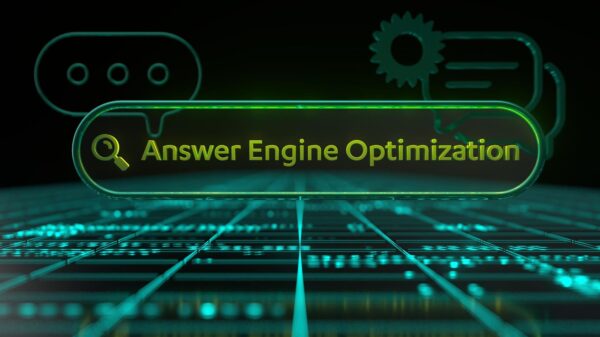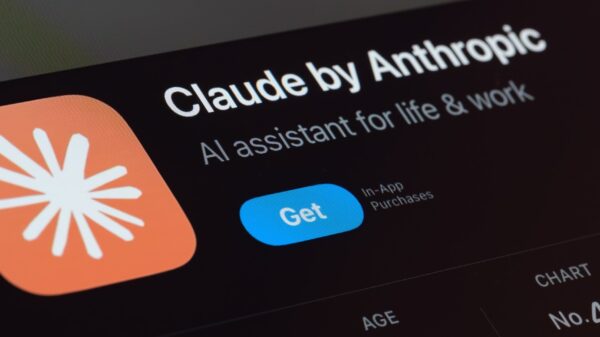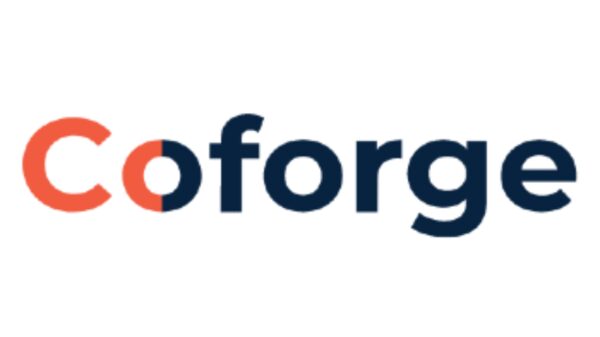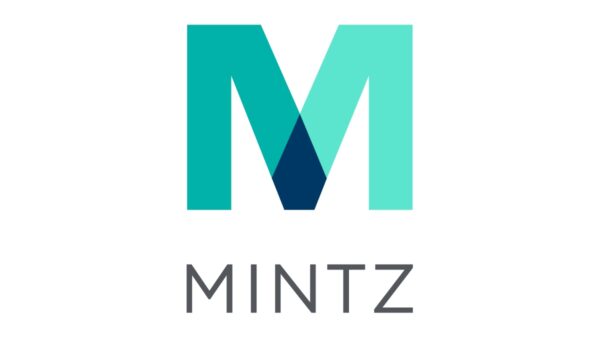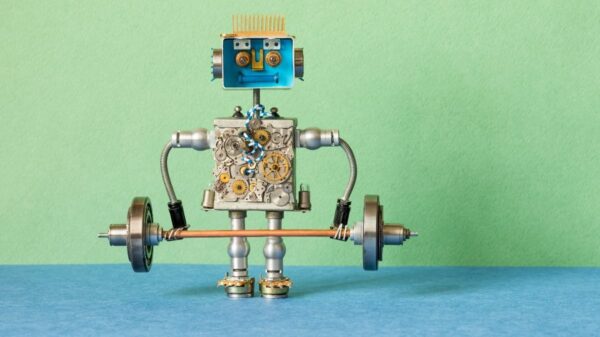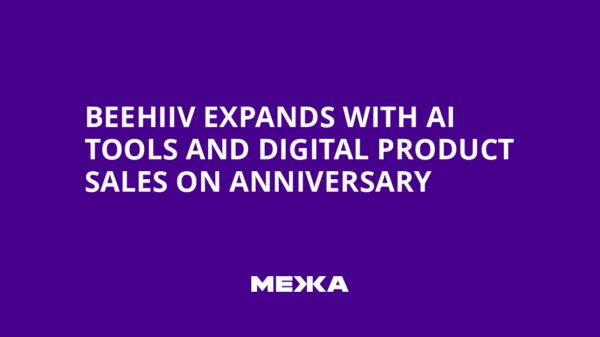Artificial Intelligence (AI) is reshaping enterprise operations, enhancing the productivity of teams and platforms. However, its potential remains largely untapped, with current investments in Generative AI (GenAI) amounting to $30-40 billion in the U.S. Despite this, a recent MIT report revealed that 95% of organizations report no return on this investment. Instead, 90% of companies utilize personal AI tools over enterprise solutions. The challenge now is for organizations to integrate AI responsibly to unlock greater efficiency and optimize workflows.
Integrating AI Into Developer Workflows
Many developers are hesitant to integrate AI into their workflows due to fears that it might replace effective processes. Contrary to this belief, the true value of AI lies in its ability to refocus human effort rather than replace it. This is where Autonomous PlatformOps comes into play. This approach leverages the entire organizational ecosystem to automate repetitive tasks, ultimately increasing productivity. By implementing Autonomous PlatformOps, organizations can free up time for innovation, enhance security measures, and improve overall delivery efficiency. Additionally, AI workflows encourage collaboration across teams, breaking down silos and enabling greater visibility in the workplace.
Establishing AI Guardrails
As AI workflows scale, associated risks also increase. To implement AI responsibly in workflows, organizations must establish clear guardrails. Key considerations for successful adoption include:
Continuous transparency: Ensuring that platform and developer teams understand the reasoning behind AI recommendations is crucial. This transparency helps prevent mistakes and builds trust in AI-driven insights.
Prevent bias and misalignment: AI’s effectiveness is directly tied to the quality of data it is trained on. Organizations should focus on refining training processes and ensuring diverse perspectives in data modeling to mitigate risks of bias.
Keep humans-in-the-loop: Important actions or suggestions generated by AI should always be reviewed and approved by human operators to prevent unintended business impacts.
Foster cultural adoption: Leadership plays a pivotal role in communicating AI’s benefits across the organization, ensuring that staff understand AI’s decision-making processes and see it as a partner rather than a threat.
By implementing these guardrails, organizations can enhance trust and collaboration, maximizing the return on investment in AI tools.
Industry Context
The integration of AI into enterprise workflows is part of a broader trend towards automation and efficiency in the workplace. Responsible AI implementation allows organizations to not only respond to current demands but also anticipate future needs effectively. When utilized correctly, AI can transform cost centers into proactive, efficient engines that enhance a company’s overall performance. By streamlining processes, AI empowers teams to focus on more strategic initiatives rather than being bogged down by mundane tasks. As AI adoption increases, it evolves from being a mere tool for efficiency to establishing a foundation for innovation within organizations.
The future of responsible AI in fields like PlatformOps indicates a shift towards smarter, more autonomous systems that continuously adapt and optimize operations. This evolution presents significant opportunities for organizations willing to embrace AI as a strategic partner.
 Penn State Researchers Launch NaviSense, AI Tool Enhancing Real-Time Object Recognition for the Visually Impaired
Penn State Researchers Launch NaviSense, AI Tool Enhancing Real-Time Object Recognition for the Visually Impaired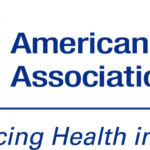 AI Transforms Health Care Workflows, Elevating Patient Care and Outcomes
AI Transforms Health Care Workflows, Elevating Patient Care and Outcomes Tamil Nadu’s Anbil Mahesh Seeks Exemption for In-Service Teachers from TET Requirements
Tamil Nadu’s Anbil Mahesh Seeks Exemption for In-Service Teachers from TET Requirements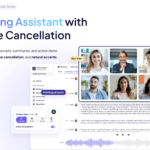 Top AI Note-Taking Apps of 2026: Boost Productivity with 95% Accurate Transcriptions
Top AI Note-Taking Apps of 2026: Boost Productivity with 95% Accurate Transcriptions
